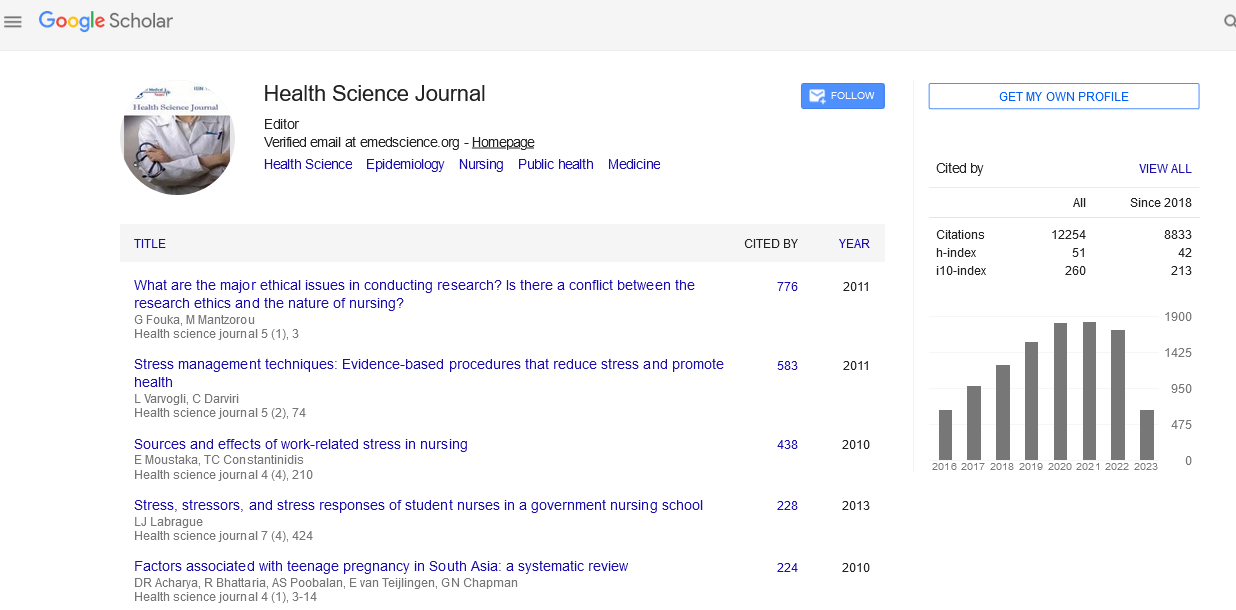Abstract
Public health is an evolving field that plays a pivotal role in the health and well-being of populations. As the world faces increasing challenges such as infectious diseases, non- communicable diseases (NCDs), and health inequities, the need for effective public health strategies has never been more critical. This article explores the major issues in public health, discusses the role of policy, technology, and community efforts in improving global health, and highlights the importance of international cooperation in addressing these complex challenges. It also emphasizes the growing role of data analytics and the need for equitable health systems.
Keywords
Public Health; Infectious Diseases; Non-Communicable Diseases; Health Inequities; Global Health; Policy; Data Analytics
Introduction
Public health refers to the science and art of promoting and protecting the health of populations through preventive measures [1], education, and policy interventions. Unlike individual healthcare, public health focuses on broad measures to reduce risks and improve the health of communities. In the last few decades, public health has had notable successes, including the eradication of smallpox and the reduction of mortality rates from infectious diseases. However, the world faces new challenges in maintaining and improving population health. The rapid spread of infectious diseases [2], the rise of non-communicable diseases (NCDs), environmental changes, and health inequities are among the most pressing issues. Additionally, advancements in medical technology and data science present new opportunities to address these challenges, but they also require careful consideration of their implications for policy, accessibility, and equity. This paper examines the key challenges in public health today, evaluates the impact of various strategies, and suggests a multi-dimensional approach to improve health outcomes globally [3].
Current Challenges in Public Health
Infectious Diseases and Emerging Threats
The global community has witnessed the devastating effects of infectious diseases, from the HIV/AIDS epidemic to the recent COVID-19 pandemic. Emerging diseases, such as avian influenza, Zika virus, and the resurgence of diseases like tuberculosis and malaria, continue to challenge public health systems worldwide. Increased global mobility, environmental changes, and antimicrobial resistance contribute to the spread of these diseases, making global surveillance and response crucial [4].
Non-Communicable Diseases (NCDs)
While infectious diseases remain a threat, non-communicable diseases (NCDs), such as heart disease, diabetes, and cancer, are now the leading causes of morbidity and mortality worldwide. The rise of NCDs is linked to lifestyle factors such as poor diet, physical inactivity, tobacco use, and alcohol consumption. In low- and middle-income countries (LMICs), the rise of NCDs is often compounded by a lack of healthcare infrastructure and the challenge of balancing infectious disease control with chronic disease management [5].
Health Inequities and Access to Healthcare
Health inequities are a significant concern, as individuals in low-income regions and marginalized communities often face limited access to healthcare services. Socioeconomic factors such as education, employment, and housing conditions have a profound impact on health outcomes. Addressing these inequities requires not only improving access to healthcare but also addressing the social determinants of health that contribute to disparities [6].
Climate Change and Environmental Health
Climate change is increasingly recognized as a public health threat. Rising temperatures, natural disasters, and pollution are contributing to new health risks, such as respiratory diseases, heat-related illnesses, and vector-borne diseases. Public health strategies must evolve to account for these environmental factors, with a focus on building resilience in communities most vulnerable to climate change [7].
Innovative Strategies in Public Health
Global Health Initiatives and Policy Making
International collaboration is crucial in addressing the growing public health challenges. Organizations like the World Health Organization (WHO), the United Nations (UN), and non-governmental organizations (NGOs) play vital roles in promoting health policy, research, and education. Policy-making at the global, national, and local levels should be evidence-based, prioritizing prevention, health equity, and sustainability [8].
Technology and Data Analytics
Advancements in technology and data analytics are transforming public health. Mobile health (mHealth) applications, telemedicine, and digital health records allow for better disease monitoring, healthcare access, and patient engagement. Big data and artificial intelligence (AI) are being used to predict disease outbreaks, identify health trends, and optimize resource allocation. However, these innovations must be accessible to all populations, especially in resource-limited settings [9].
Community-Based Approaches and Education
Public health interventions often need to be tailored to the specific needs of local populations. Community engagement and education are essential to changing behaviors and improving health outcomes. Health promotion campaigns focused on nutrition, exercise, tobacco cessation, and mental health can have a significant impact. Empowering communities to take charge of their health through education and resources can lead to sustainable improvements [10].
Conclusion
Public health faces numerous challenges that require coordinated efforts at the global, national, and community levels. The rise of NCDs, the persistence of infectious diseases, health inequities, and environmental threats highlight the need for comprehensive, multi-sectoral solutions. Effective public health strategies must incorporate a combination of policy, education, technology, and community engagement, underpinned by research and data analytics. The global nature of public health challenges necessitates international collaboration and the sharing of knowledge and resources. By investing in healthcare infrastructure, advancing technology, and addressing social determinants of health, the global community can improve health outcomes for future generations. Public health is not just about disease prevention; it is about creating an environment where individuals and communities can thrive.





